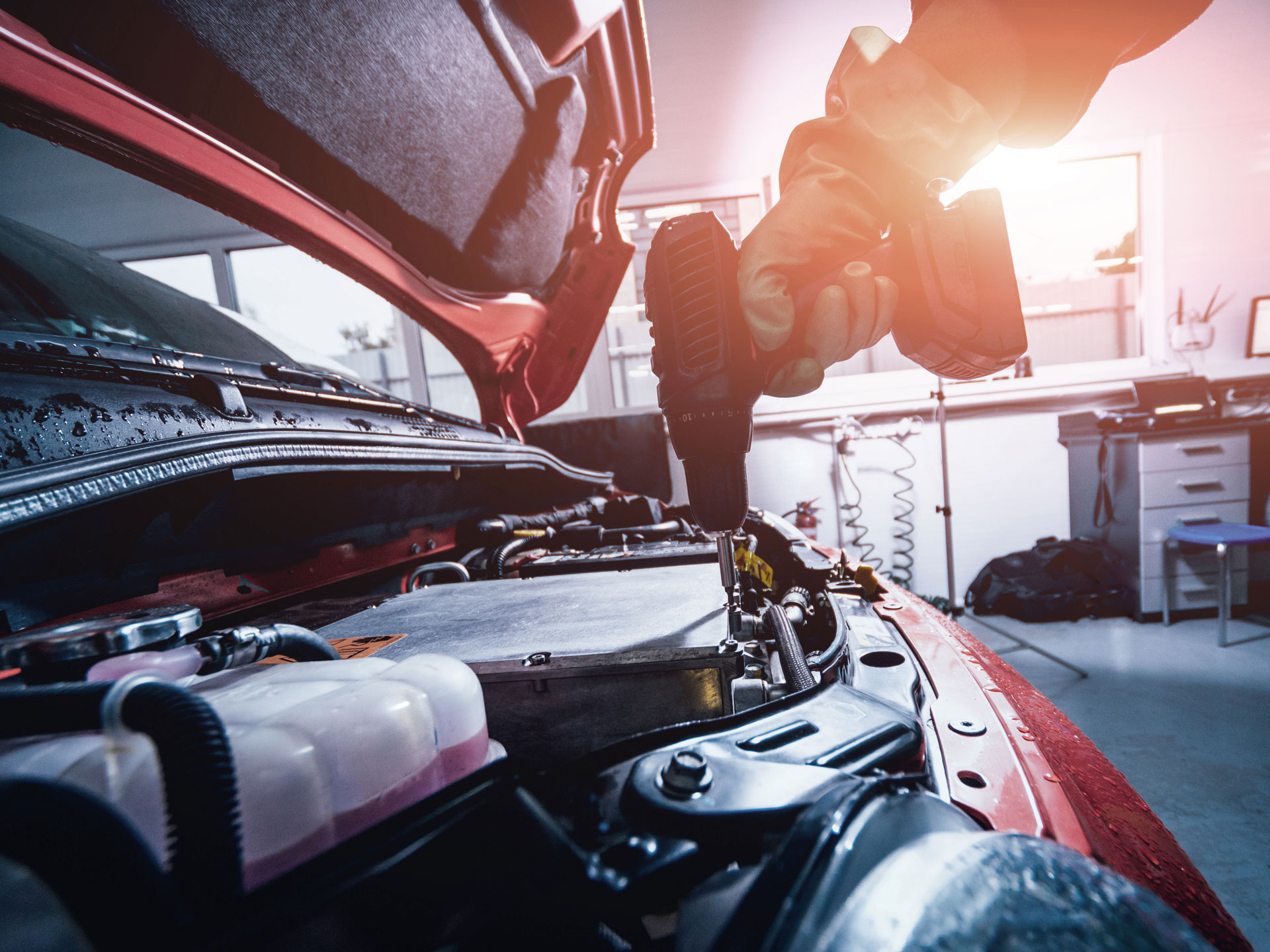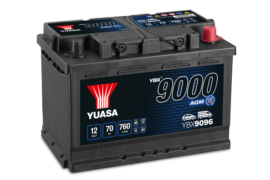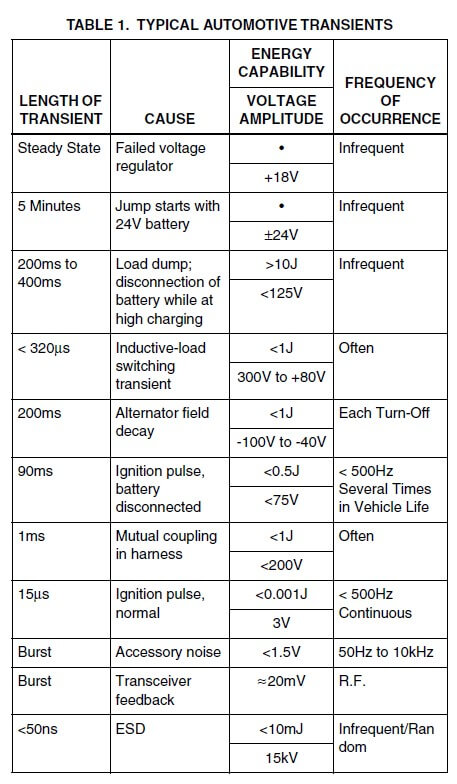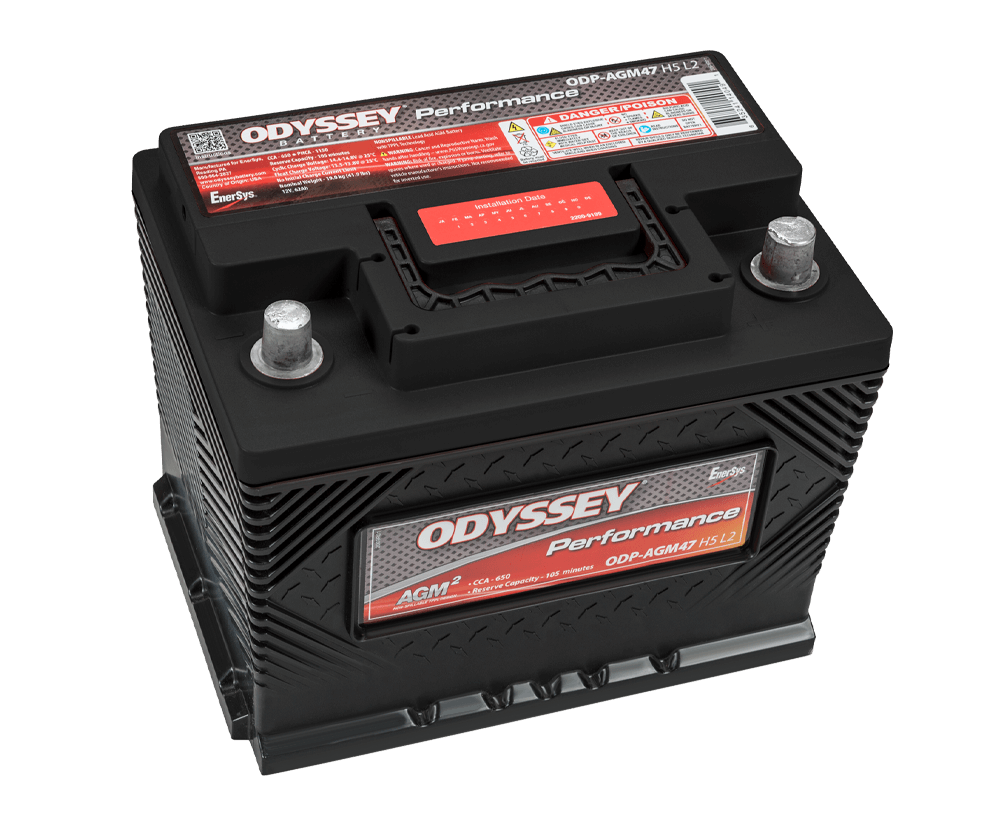I was browsing this Subaru Tech Tips PDF and it mentions our LN2 batteries as being "EFB" Enhanced Flooded Battery - and warns not to use the wrong charging method.
I already have an older CTEK charger but now CTEK has a new charger for start/stop that says it's compatible with EFB and others, including AGM. Is this just a marketing gimmick or have charging needs changed that much?
Varta suggests that an AGM would be an acceptable upgrade to an EFB:

 batteryworld.varta-automotive.com
batteryworld.varta-automotive.com
Aftermarket LN2 AGM batteries are available - is there a reason we should avoid AGM?
Varta says that charging for AGM and EFB are identical.
 batteryworld.varta-automotive.com
batteryworld.varta-automotive.com

 www.yuasa.co.uk
www.yuasa.co.uk
I already have an older CTEK charger but now CTEK has a new charger for start/stop that says it's compatible with EFB and others, including AGM. Is this just a marketing gimmick or have charging needs changed that much?
Varta suggests that an AGM would be an acceptable upgrade to an EFB:

EFB or AGM – Which battery do I need?
<p>New starter battery technologies extend the range available, but also make it difficult for some workshop employees to find the right replacement battery for the vehicle. It cannot always be assumed that the battery which is already installed in the vehicle is really the best technology for...
Aftermarket LN2 AGM batteries are available - is there a reason we should avoid AGM?
Varta says that charging for AGM and EFB are identical.
How to charge Car Battery at Home | VARTA Automotive Batteries
Explore now how to charge car batteries at home with VARTA® ► Learn the best practices for maintaining battery health and efficiency.
Yuasa has an article about EFB and AGM:

AGM & EFB Automotive Batteries Explained - Yuasa battery
Information guide to AGM and EFB Start-Stop automotive batteries
It seems like using a conventional flooded battery in the 2020 Outback would not be appropriate, but AGM might. Thoughts?









